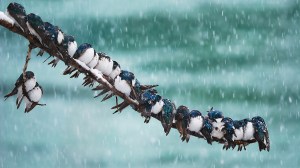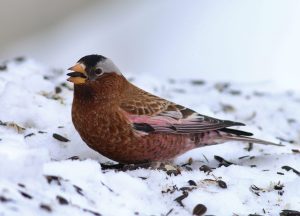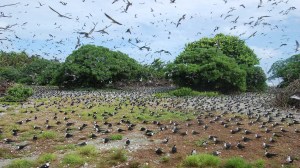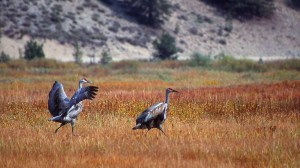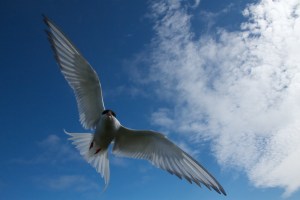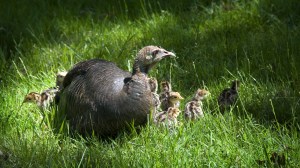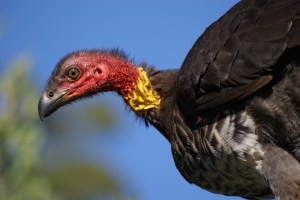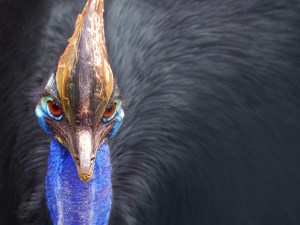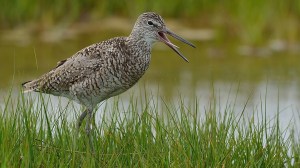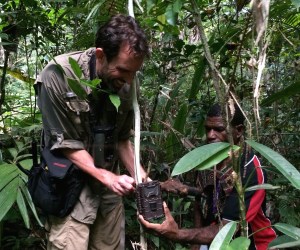Discover stories in Birds
How Do Birds Stay Warm on a Cold Winter’s Night?
Winter is a tough time for birds, but a warm place to sleep can give them an edge. A scientist’s look at the cozy, and often crazy, hideouts birds choose as their winter bedrooms.
Snow Birds: 10 Birds to Look for in Winter
Winter birding isn’t easy, but it is amazing. If you’re ready to brave the cold, here are 10 winter-only species to search for this month.
Recovery: The Miracle on Palmyra
Palmyra Atoll has recovered from many calamities, but it couldn’t recover from rats. Can a dying ecosystem be brought back to life? Ted Williams reports.
Raising Cranes: Can Grain Fields Save a Bird?
Greater sandhill cranes' numbers have plummeted since the 1990s in the Greater Yellowstone region. Can a new effort that pays farmers for unharvested grain help?
Protected Areas Are Falling Short for Migratory Birds
Compared to other species, the world’s nearly 10,000 birds receive a lot of conservation attention. But what if one of our most common conservation tools — protected areas — are failing to protect migratory spe
Binge on Turkey with One of the Greatest Nature Movies, Ever
Tired of parades and football? How about enjoying a little more turkey – with a movie that shows these birds as you’ve never seen them before.
Introducing the Australian Brushturkey
It's hideous, follows tourists around for snacks, and lays its eggs in a giant pile of rotting leaves like a dinosaur. Happy Thanksgiving from Down Under.
Move Over Turkey: Meet the World’s Other Bald, Be-wattled Birds
Have you ever actually looked at a turkey? They’re cool, weird, and impressively ugly. But American Wild Turkeys aren’t the only ugly birds out there ⎯ with 10,000 avian species on Earth, the possibilities for ugly are endless.
Beyond Birding by Ear: Understanding Bird Alarm Calls
Birders know the value of recognizing bird calls. Now it’s time to add another dimension: understanding bird alarm calls. Ornithologist Joe Smith explains the complex and fascinating ways that birds cry “Danger!”
Migratory Songbirds Transport New Ticks & Pathogens Across the Gulf
New research reveals that neotropical songbirds are transporting an estimated 19 million ticks and tick-borne pathogens to the United States each year.
Kumuls on Camera: Photographing Birds-of-Paradise in Papua New Guinea
Two birders set out to capture camera trap footage of a bird-of-paradise. The anticipation nearly kills them both.
Extreme Birding: Entering Un-Birded Territory in Papua New Guinea
The Papua New Guinea rainforest isn’t your grandpa’s birding. Science writer Justine Hausheer enumerates the trials, travails, and thrills of birding in un-birded territory.
